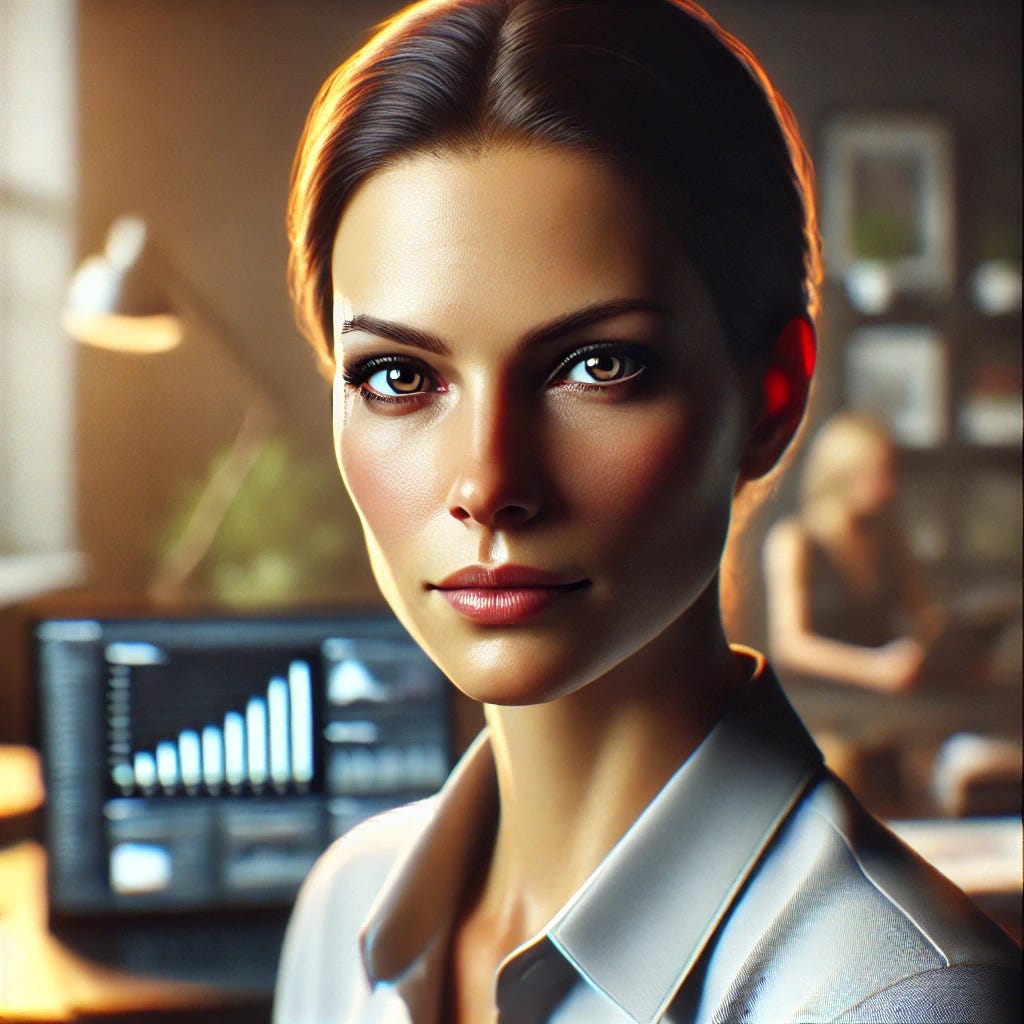The Shift in AI and How We Shape It
Why Mindset Matters More Than Training
I've been reflecting on how AI is changing the way we work. Looking back at my own organization over the past couple of years, I’ve realized that AI adoption wasn’t driven by formal training—it was shaped by the seeds planted and the example set. At first, AI was seen as an abstract possibility. But after consistently demonstrating its potential—through real examples, products, and capabilities—people gradually began to see what AI could do. Now, I notice a shift: in meetings, they’re starting to ask, "Wait a minute, could AI do this?" That shift didn't come from training; it came from a change in mindset.
This is why I don’t believe traditional training programs will be the key to AI adoption. Instead, the real challenge is shifting how people perceive AI.
AI Evolution: Beyond a Tool, Towards Autonomy
Right now, most people see AI as a tool—a simple interface that assists with tasks like writing emails or generating reports. But this is just a phase. The next evolution will move beyond tool-based usage into AI autonomy. AI agents will start handling more complex workflows, reasoning at a higher level, and most critically, taking action on their own.
The biggest leap will come when AI systems begin communicating with each other, optimizing processes without human intervention. Currently, AI excels at advanced reasoning, but decision-making and execution still require human oversight. That gap will close quickly—likely within a few years. At that point, much of what we do today will be fully automated.
The Future of Work: Process Automation, Not Just Task Automation
One of the first major transformations will be automating government and corporate processes. Initially, AI will take over routine document creation—writing reports, compiling data, and handling compliance. But the bigger shift will come when processes themselves evolve. Governments and organizations will no longer rely on manual workflows; instead, AI will dynamically adjust processes to optimize efficiency, compliance, and accountability.
The traditional way of adapting to new technologies—layering AI onto existing structures—won't work. Instead, entire systems will be redesigned around AI-driven automation. This means that rather than humans telling AI what to do at every step, we will define the end-state, and AI will determine the best way to get there.
The Role of Humans: Deliberately Shaping the Future
This raises a critical question: What will humans do?
We cannot afford to wait passively for AI to reshape our world. The future must be deliberately shaped by humans. The organizations driving AI development—OpenAI, Microsoft, Amazon—aren’t the ones defining how AI integrates into daily life. The users are. AI evolves based on how people interact with it.
This is why early adopters hold the most influence. The people who fully immerse themselves in AI—who go “full cyborg” in their workflows—are the ones shaping its trajectory. I see this firsthand. AI is not just something I use; it’s something that learns from me. And those who engage deeply with AI now will define how it evolves.
Moving Beyond Traditional Foresight
Traditional foresight focuses on identifying trends, signals, and drivers of change. But that’s not enough. The real work lies in actively shaping those trends, not just observing them. AI adoption isn’t just about forecasting what comes next—it’s about influencing its direction.
We are entering an era where AI will redefine decision-making, communication, and governance. The shift will be profound—it won’t just change the tools we use, but the entire structure of work itself.
The question is no longer if AI will transform everything—it’s who will define that transformation. And the answer is clear: it will be those who get there first.


